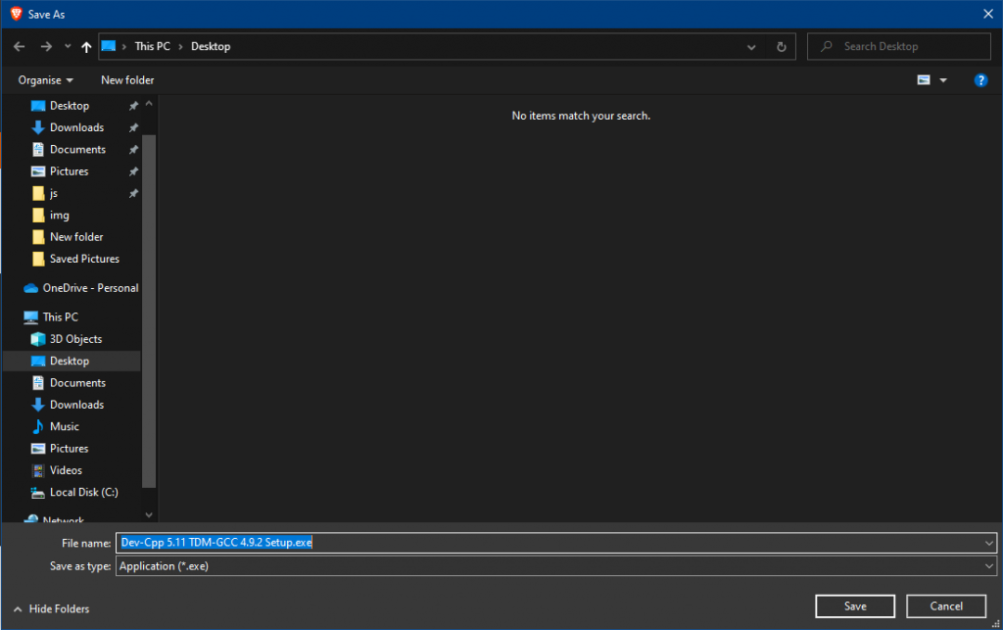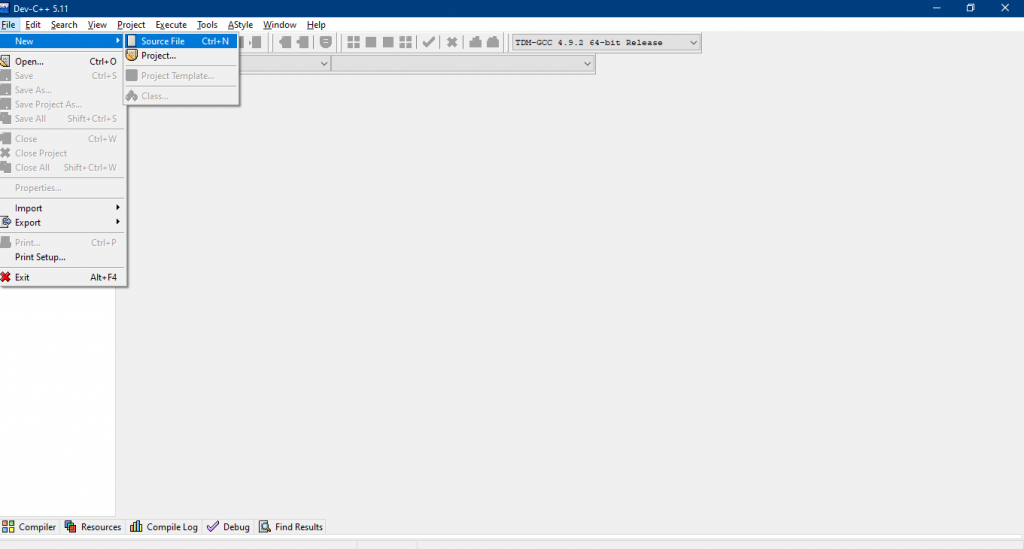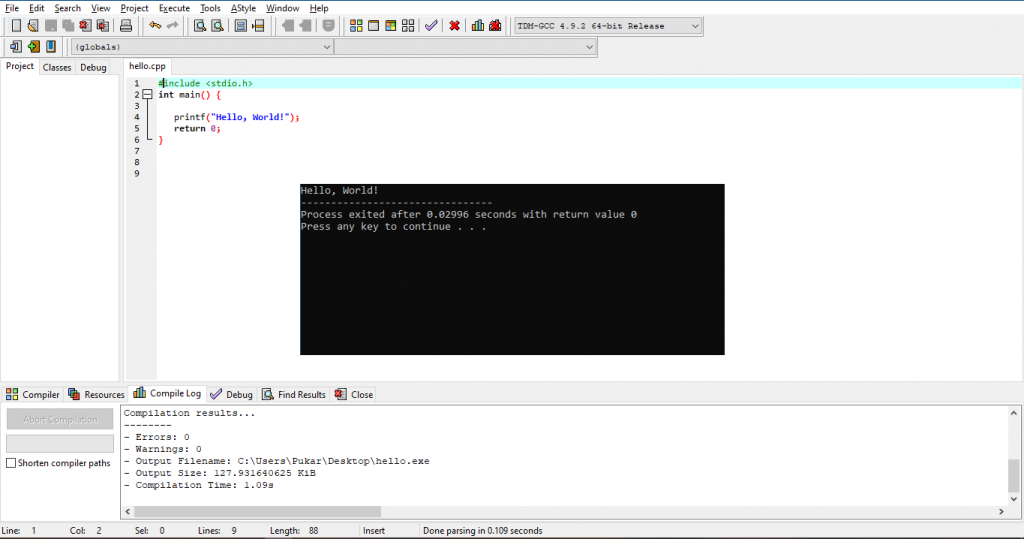Introduction
Program C is the Procedure-oriented programming, machine-independent, and structured programming language. It is very popular and simple which provides low –level access to the memory system.
The founder and creator of the C programming language were Dennis Ritchie. This program was founded in 1972 A.D. at bell lab of AT&T. AT&T stands for American Telephone and telegraph which is located in the USA. The propose of developing Program c is to write the operating system. It has its own programming structure. The structure includes head, variable declaration, body, and returns function. Structured programming provides a logical structure on a program to write it in an efficient manner. Using C in UNIX operating system may transfer the low-level code to higher-level code and reduce the big code into small line code.
C slowly started spreading in the world. This program needs a compiler to execute the program. Many compilers are developing and releasing for cross-platforms. C is widely using in embedded systems. C is used for developing system applications. In simple words, Program C is a combination of low and high-level programming languages. One of the significant attributes of the programing language is to facilitate memory management. C does the same. Program C stores the objects in memory. The C language transfers the UNIX code from assembly to a high-level language, which would perform many same tasks in small line code.
Attributes
- It is simple, flexible and easy to use.
- C includes inbuilt functions and operators.
- Structured programming and machine-independent language.
- This program supports dynamic memory location.
- Program C provides the feature of code reusability. i.e. Recursion.
- Broadly used in developing IOT applications.
Program C Data types
There are three data types in the C programming language. They are:
Primary Data Types
| Void | It indicates that the function is not a return type. |
| Int | Indicates integer value. |
| Char | Stores character value. |
| Double | Can store doubles the value of the float. |
| Float | Contain whole numeric, fractions and decimals. |
Derived Data Types
| Array | Collection of one or more value of similar data types. |
| Pointer | Pointer stores the address of other variables. |
| Reference | Ease the way for passing addresses as arguments to the formal parameters. |
User-Defined Data Types
| Structure | Provides a logical way to write a program. It chains data of various types. |
| Union | Allows different data types to be stored in the same location. |
| Enum | Assign names to the necessary constants. |
Install Program C
There are many compilers developed to execute program c. Some compilers are Dev C++, Turbo C++, Code blocks, Netbeans, Eclipse, etc. I recommend you to use Dev C++. It is simple and easy to use. It is created for both C and C ++.
Click on this Download link.
Follow these instructions for downloading and using the software.
Save the Dev-Cpp 5.11 TDM-GCC 4.9.2 Setup.exe. Double click the .exe file.

Install the program


Open the software, use Ctrl+N as a shortcut for a new program and write your code.


Run and Compile.




